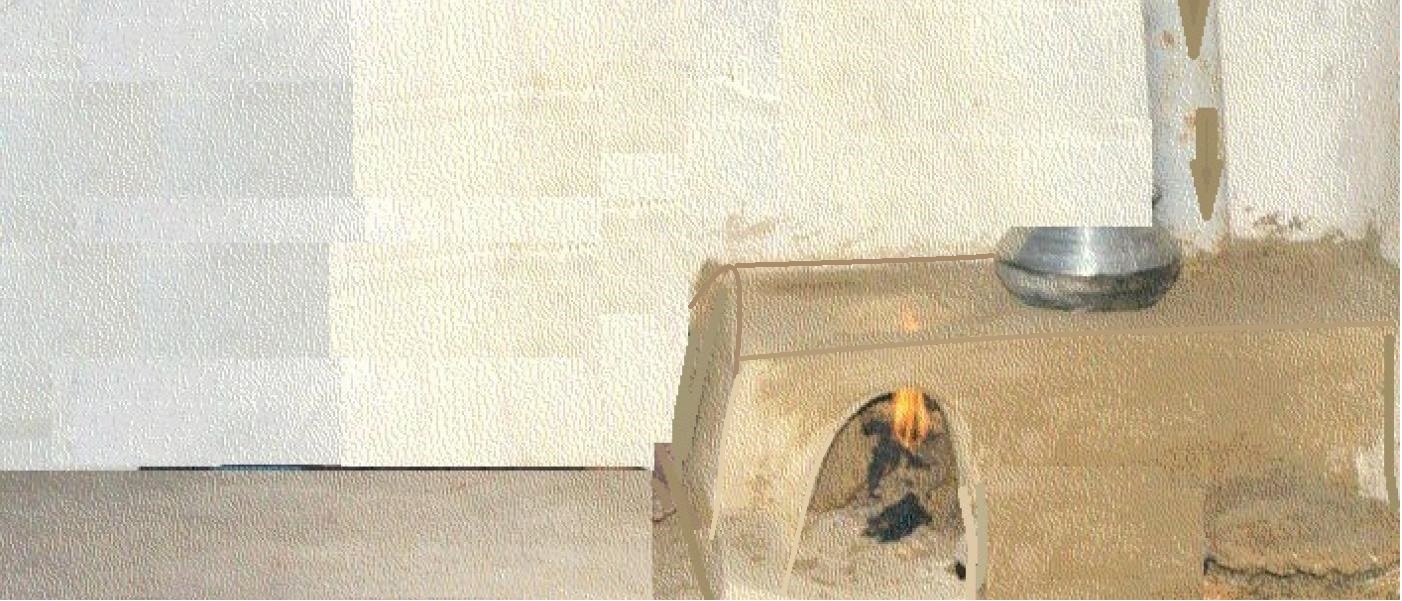
The principles of Primary Care are listed below:
1. Equitable distribution
2. Community participation
3. Inter-sectoral coordination
4. Appropriate technology
Appropriate technology
Definition: ‘Technology that is scientifically sound, adaptable to local needs and acceptable to those who apply it and those for whom t is used and that can be maintained by the people themselves in keeping with the principle of self-reliance with the resources the community and country can afford’
This means methods, procedures, techniques and equipment that are:
– Scientifically valid
– Adapted to local needs
– Acceptable to users and recipients
– Maintainable with local resources
Appropriate technology means, simply, any technology that makes the most economical use of a country's natural resources and its relative proportion, of capital, labour and skills-and that contributes to national and social goals. Where machinery and/or equipment are involved, it should be simple to run and repair. It should be locally produced as far as possible.
Examples of Appropriate Technology:
• ORS instead of expensive intravenous replacement of fluids in mild and moderate dehydration
• Growth charts: these can be maintained by health workers
• Vaccine Vial Monitor (VVM) instead of lab testing of potency of vaccine due to possible exposure to heat
• Biogas system in a small community rather than Piped natural gas or LPG cylinders for clean fuel
• A first-aid kit needs to be devised using appropriate materials easily available locally- Some examples would be
o bamboo or wooden sticks with strings for temporary splinting,
o a simple kit for first aid in snake bite consisting of string, sterile blade and simple suction device ordinarily used by local healers
• For provision of safe drinking water:
o Pot chlorination (NEERI, Nagpur method)
o Chlorination with tablets in individual houses in water containers. These are very cheap and available from chemists
o Chlorinating the wells on alternative days with the help of village health guides. It is necessary to chlorinate the wells at such frequency for two reasons:
there is a continuous process of pollution going on which has to be combated
The people get used to the smell and taste of chlorine on a continuing basis.
o Educating the mothers to boil water- ·at least, the water that is to be used for the babies and children under 5 years of age.
• When the laboratory work is impossible without recourse to local resources and improvisation, the first item one recalls is a hand centrifuge.
o This was used in 1939 to pack red cells for making a haemolytic system for complement fixation tests and
o Also to determine the PCV.
Packing red cells was not easy with a hand centrifuge but it could be done.
Today, during electric break-downs, the hand centrifuge would provide the much needed facility for investigative work which was carried out in a clinical pathological laboratory
• Anti-bacterial properties of fresh garlic juice in vitro were tested and it was used in clinical conditions especially in dealing with septic wounds. Garlic juice was very efficient for dressing septic wounds and ulcers and could replace chemicals or anti-biotics for this purpose.
• Vasec Apparatus: Vasec apparatus has been developed to provide an effective, durable yet simple and inexpensive instrument for use in vasectomy procedures.
o The instrument provides bipolar electrocoagulation of the vas deferens lumen to achieve quick healing of the vas with a minimum of trauma, scar tissue, and sperm antibody formation.
o It provides a maximum effective sterilisation of the male while maintaining the best possible conditions for surgical reversal
References:
ICMR, 1981: Appropriate Technology for Primary Health Care: Proceedings of the National Workshop on Appropriate Technology for Primary Health Care held at the Indian Council of Medical Research, New Delhi (April 23-26, 1981), Cambridge Printing Works, New Delhi
WHO: Primary Health Care; Report on International Conference on Primary Health Care, Alma-Ata, USSR, 6-12 Sep, 1978
